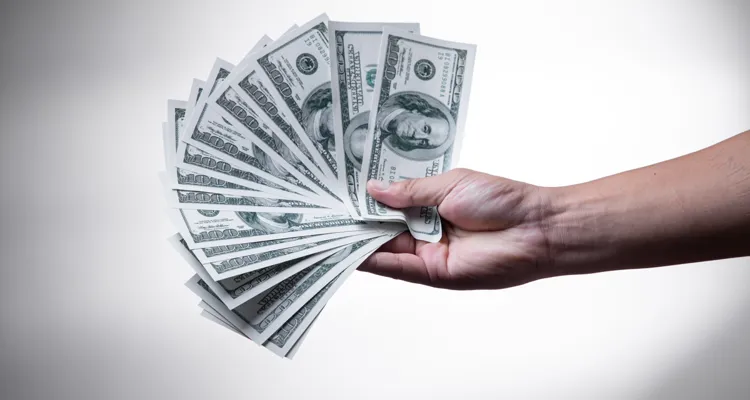Copyright Royalty Board finally confirms its determination over songwriter mechanical royalty rates for 2018-2022.
The Copyright Royalty Board issued a determination on Tuesday (May 23) over Phonorecords III — U.S. songwriters’ and publishers’ mechanical royalty rates for 2018 to 2022. The ruling increases royalties yearly during those five years, from 11.4 percent to 15.1 percent of service revenue by the end of 2022.
Further, the determination affirmed key requests from streaming services during their appeal, limiting royalties based on total content cost (TCC) and reinstating a rate ceiling into the formula. The full document is restricted from public view, but an appendix to the ruling containing the regulations covered in the document was released to the public on Wednesday (May 24).
Streaming services utilize a complex and multi-faceted formula to calculate how much is owed to songwriters and publishers, dependent on numerous considerations. Many of those elements were revealed before the release of the appendix, so the determination further cements that information. Overall, insiders have described it as a mixed bag; some stipulations favor the interests of the musicians, while others favor streaming services.
“We are pleased the court finally has confirmed the result of Phono 3, a case which was decided in 2018. This initial remand decision upholds the 15.1 percent headline rate increase we fought for,” says National Music Publishers’ Association (NMPA) President & CEO David Israelite.
“However, the length of time we have waited for this decision proves the Copyright Royalty Board system is woefully flawed. Now songwriters have some certainty about their rates, and we will ensure they receive the hundreds of millions of dollars that digital streaming companies owe them during this adjustment period.”
Proceedings to determine how to pay publishers and songwriters for U.S. mechanical royalties during 2018-2022 began over five years ago. A CRB determination in 2018 set the headline rate increasing from 10.5 percent of a streamer’s revenue in 2018 to 15.1 percent in 2022 while increasing subscriber count calculations for discounted family (1.5 times) and student plans (0.5 times.)
That determinations also removed the publishing rate ceiling mechanism preventing publishers from automatically benefitting with higher payments when their label counterparts negotiate higher rates for their master recordings. This issue was one of many sticking points for streaming services; Spotify, Google, Amazon, and Pandora all noted at the time that they felt the board acted “arbitrarily and capriciously by simultaneously combining a TCC prong with an increase in the percentages of revenue prong (headline rate).”
As a result, digital services hoping to regain some of the more DSP-friendly stipulations from the previous period (Phonorecords II) launched an appeal. Notably, Apple did not participate.
Because that appeal was successful, it resulted in a “remand” process that has continued to drag on until now. Now a 15-day window begins for rehearing motions before the U.S. Copyright Office must also undertake a legal review for error, with up to 60 days allowed for completion. Afterward, a determination will be published, with DSPs given at most six months to make retroactive adjustments and arrearages.

